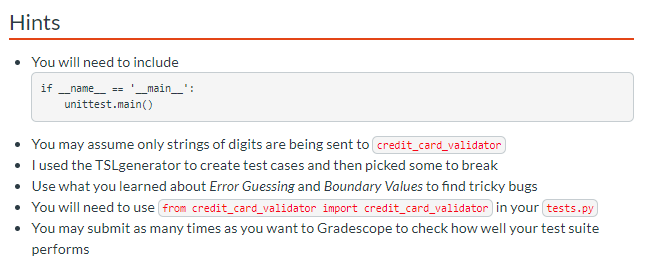

Insert the token into the form so it gets submitted to the server The token contains id, last4, and card type $("#process-payment-btn").removeAttr("disabled")

Var fieldErrors = ,įor (var i = 0 i Field: '" + fieldErrors.field + Var $paymentForm = $("#simplify-payment-form") If the token was created successfully, you would then add the returned token to the form in the simplifyToken field and submit the form to the server. If the information returns an error, the error gets displayed on the page. In the example, this is done in simplifyResponseHandler: Third Step: Sending the form and data to your server Used : false, // Boolean of whether this token has been used, $("#simplify-payment-form").on("submit", function(), // Dictionary of the card used to create the token Submit event, and then use the credit card information to create a single-use token: Next you will want to add a handler to your form. You should never store or attempt to reuse single-use tokens to prevent possible security issues. Now, from the card information that has been entered, you will create a single-use token. Now you safely charge your customers using the token on your server.įirst step: Include simplify.js in your pageįirst, include simplify.js and its required dependency, jQuery, in the page: The script converts the cardholder data to a token which is simple, safe, and secure. This is done through the simplify.js script. This ensures you do not have to worry about data encryption of card holder data. This is done so the data is not stored on your server when the form is submitted. See how the input fields for card data do not have a “name” attribute. With your web framework, or manually in HTML. Build this form in the way that you’re used to –
Credit card validator python code how to#
In this tutorial you will learn how to collect credit card information, create a single-use token with that information, and send the token to your server.


 0 kommentar(er)
0 kommentar(er)
